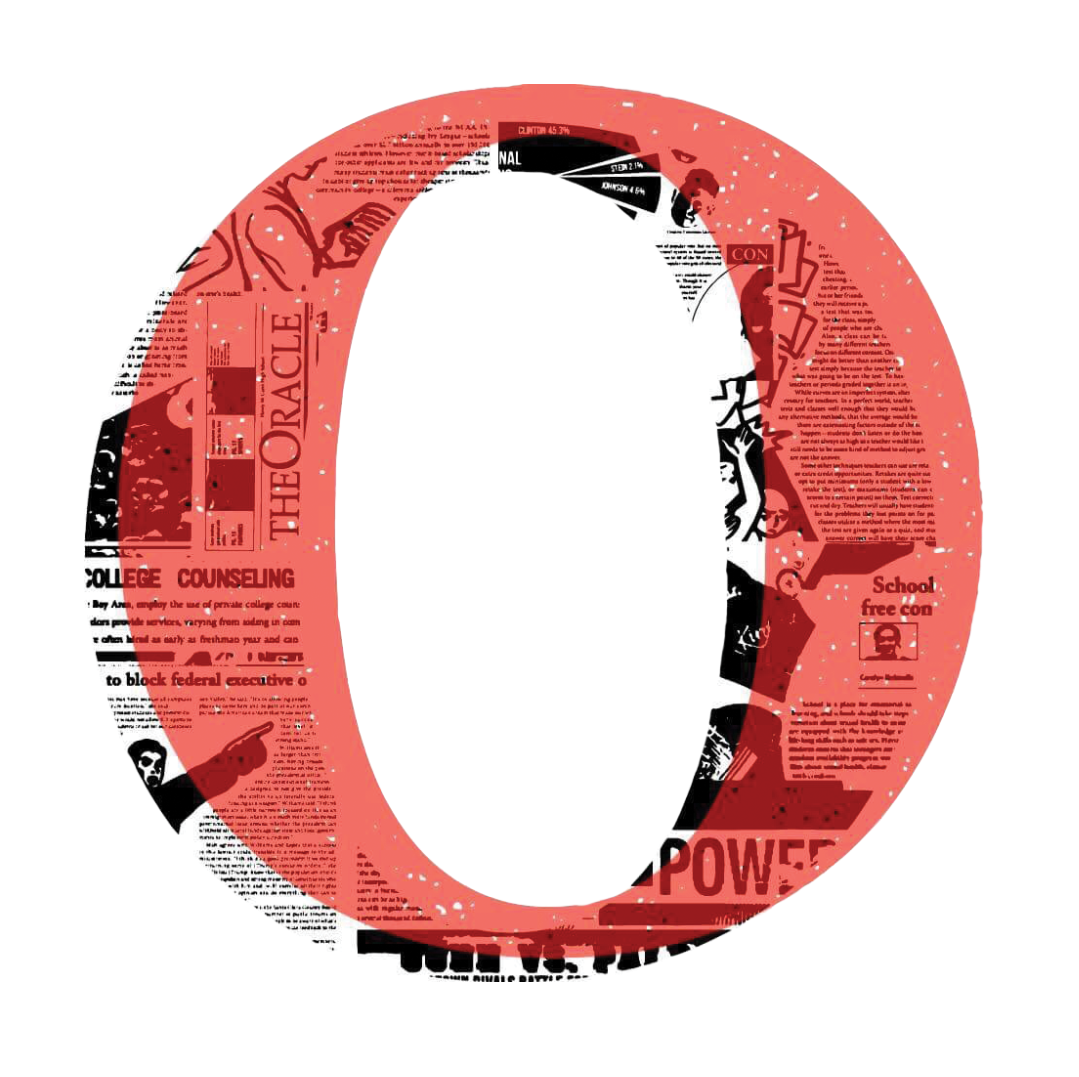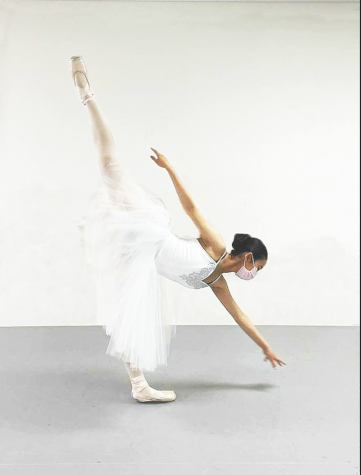What is “The Nutcracker”?
There’s a traditional staple to almost every holiday, whether it is a type of food, an event or even a mascot. For Christmas, there is no performance that quite compares to the “The Nutcracker” ballet.
Originally, “The Nutcracker” was based on a German fairytale called “The Nutcracker and the Mouse King.” The story follows the main character, Clara, as she attends a Christmas party hosted by her parents. At the party, she receives an ugly Nutcracker doll that she immediately loves. When the guests leave, mice invade Clara’s house and the Nutcracker comes to life, revealing himself to be a long-lost prince. After a fearsome battle, she travels to the fictional Land of Sweets, the home of her Nutcracker Prince. Together, Clara and the Prince encounter many characters, including the Sugar Plum Fairy, and experience the cultures of a variety of countries. Each country is represented by a native delicacy—for example, chocolate from Spain, tea from China and licorice from Russia. This dreamlike tale lends itself to creativity, childishness and excitement, creating an atmosphere that has entranced audiences for decades.
In 1892, the plot was adapted into a full-length ballet performance with a musical score by Russian composer Pyotr Tchaikovsky and original choreography by French choreographers Marius Petipa and Lea Ivanov. “The Nutcracker” is now one of the most popular ballets of all time, with almost every professional ballet company in the world presenting annual productions. In the winter, companies perform this ballet for weeks at a time. The most well-known ballet theaters that hold these performances include San Francisco Ballet (San Francisco), American Ballet Theatre (New York City) and Bolshoi Ballet (Moscow).
“The Nutcracker” spreads the festive atmosphere globally. Its music, such as that of the “Waltz of the Flowers” and the “Dance of the Sugar Plum Fairy,” is internationally recognized, even by those who aren’t familiar with its origin. Since the story was released into the public domain in 1892, this tale has been referenced in modern works so often that many find it cliché. In fact, this timeworn classic has been reimagined within multiple genres numerous times.
In the 1960s, for instance, legendary jazz musicians Duke Ellington and Billy Strayhorn arranged the album “Nutcracker Suites,” a swing and jazz adaptation of Tchaikovsky’s original work. This work stands alongside many other adaptations of “The Nutcracker.” “The Looney Tunes,” “Tom and Jerry” and “The Simpsons” are all shows that have released episodes parodying the ballet. There have also been a dozen or so movies based on “The Nutcracker.” Ultimately, however, the original ballet wins when it comes to longevity.
While different Christmas stories have come and gone, “The Nutcracker” has remained popular, with new versions released each holiday season. After a century of the same longstanding story, why has “The Nutcracker” persevered for this long?
The key to this ballet’s success is magic. The winter holidays are times when families and friends get together to make merriment and enjoy each other’s company as the year ends in an enchanting fashion. “The Nutcracker” encapsulates the magic that makes this time of year as special as it is, providing wonder and thrills in a tangible way: a story.

Senior Cole Ford is a reporter for The Oracle 2021-2022. When he's not doing work, you can find him watching anime, listening to music or hanging out with...



